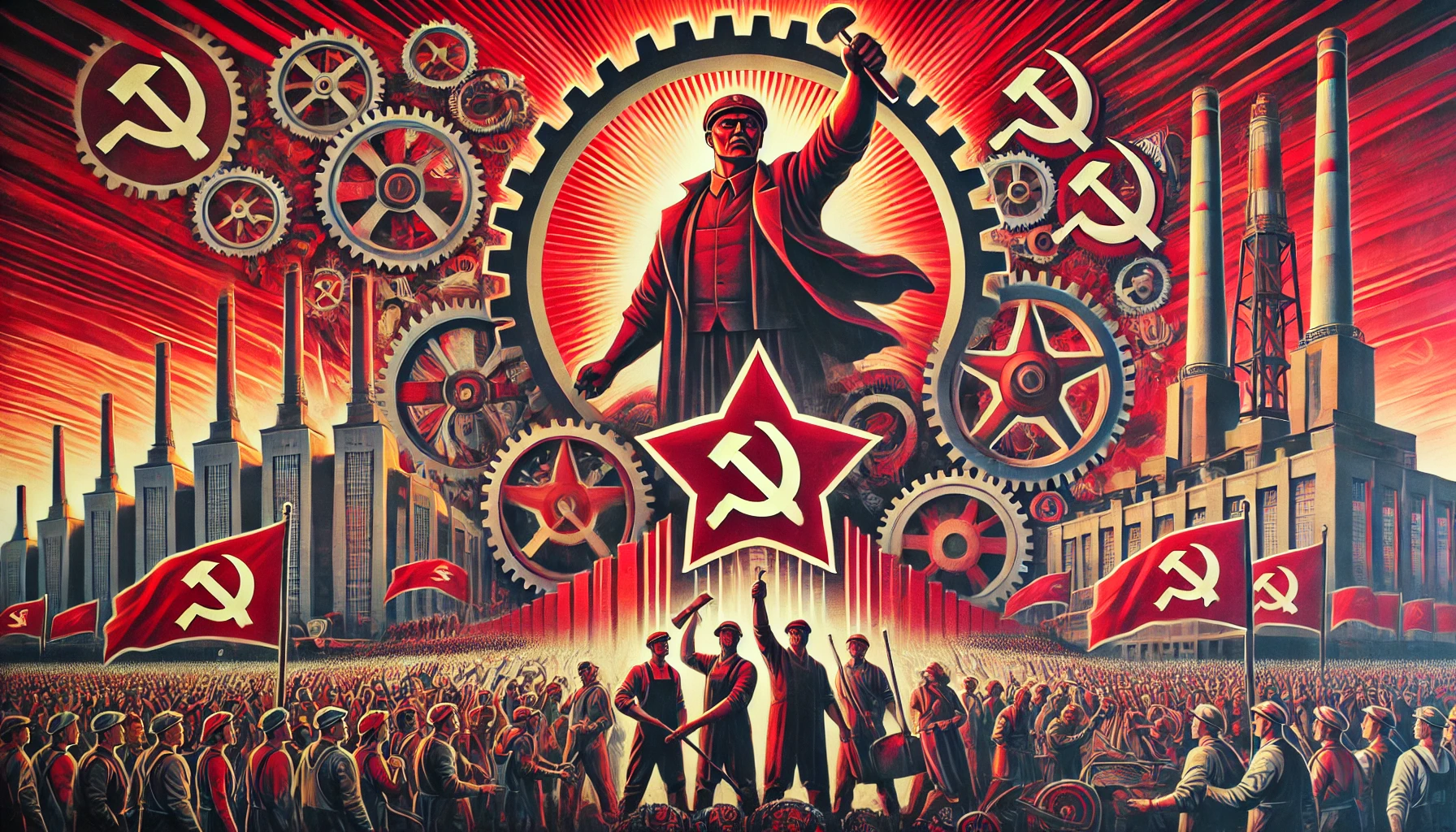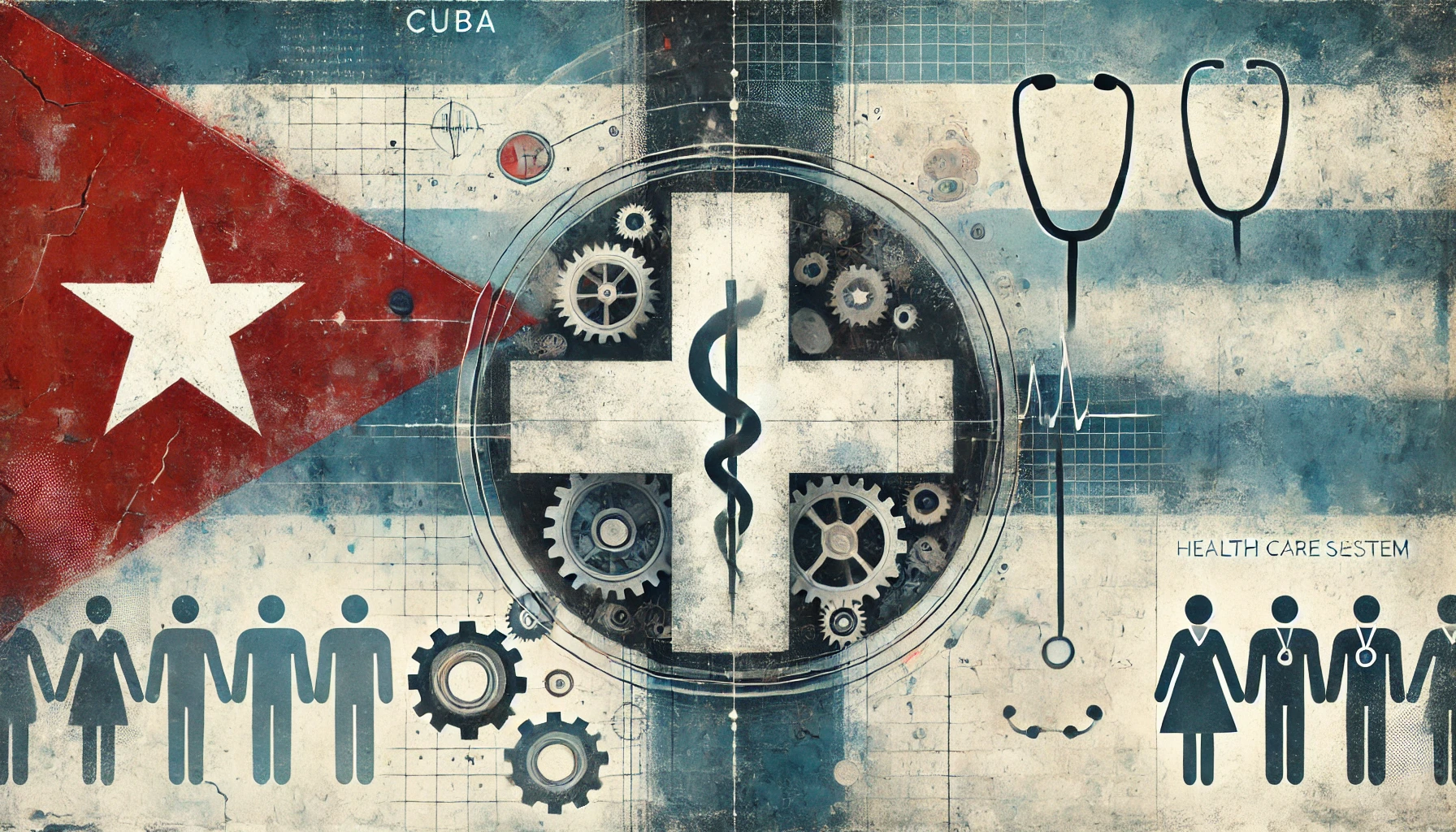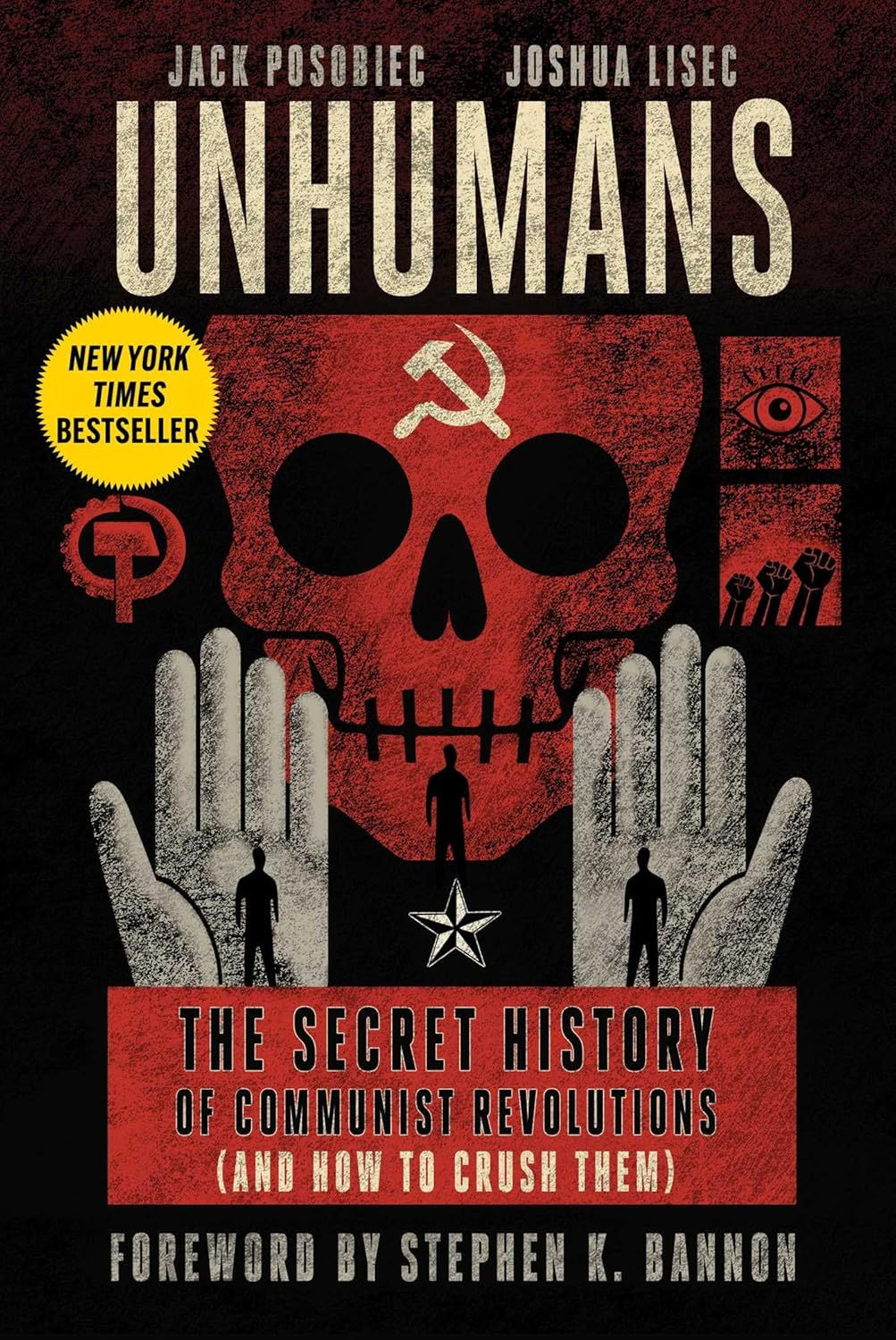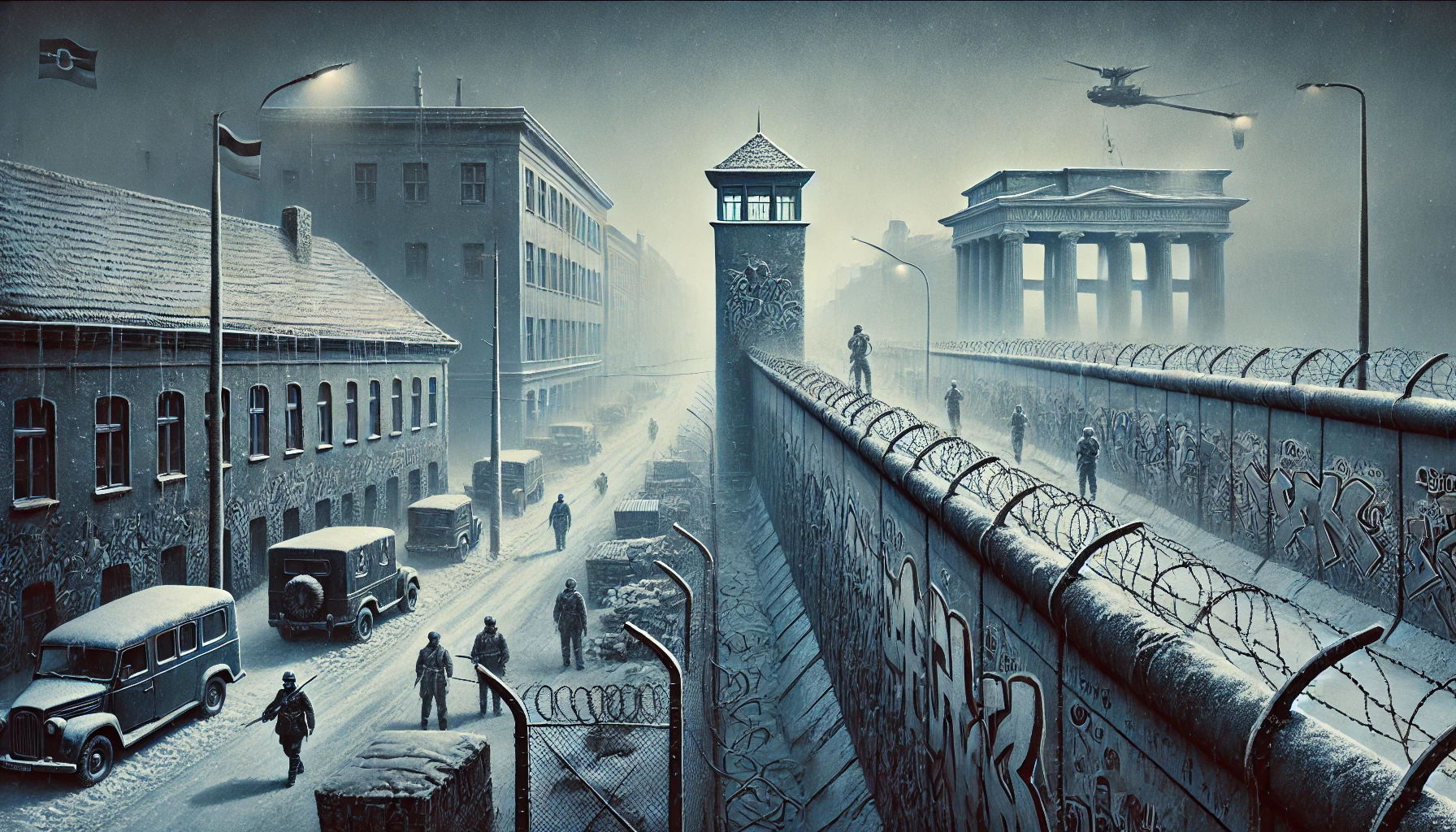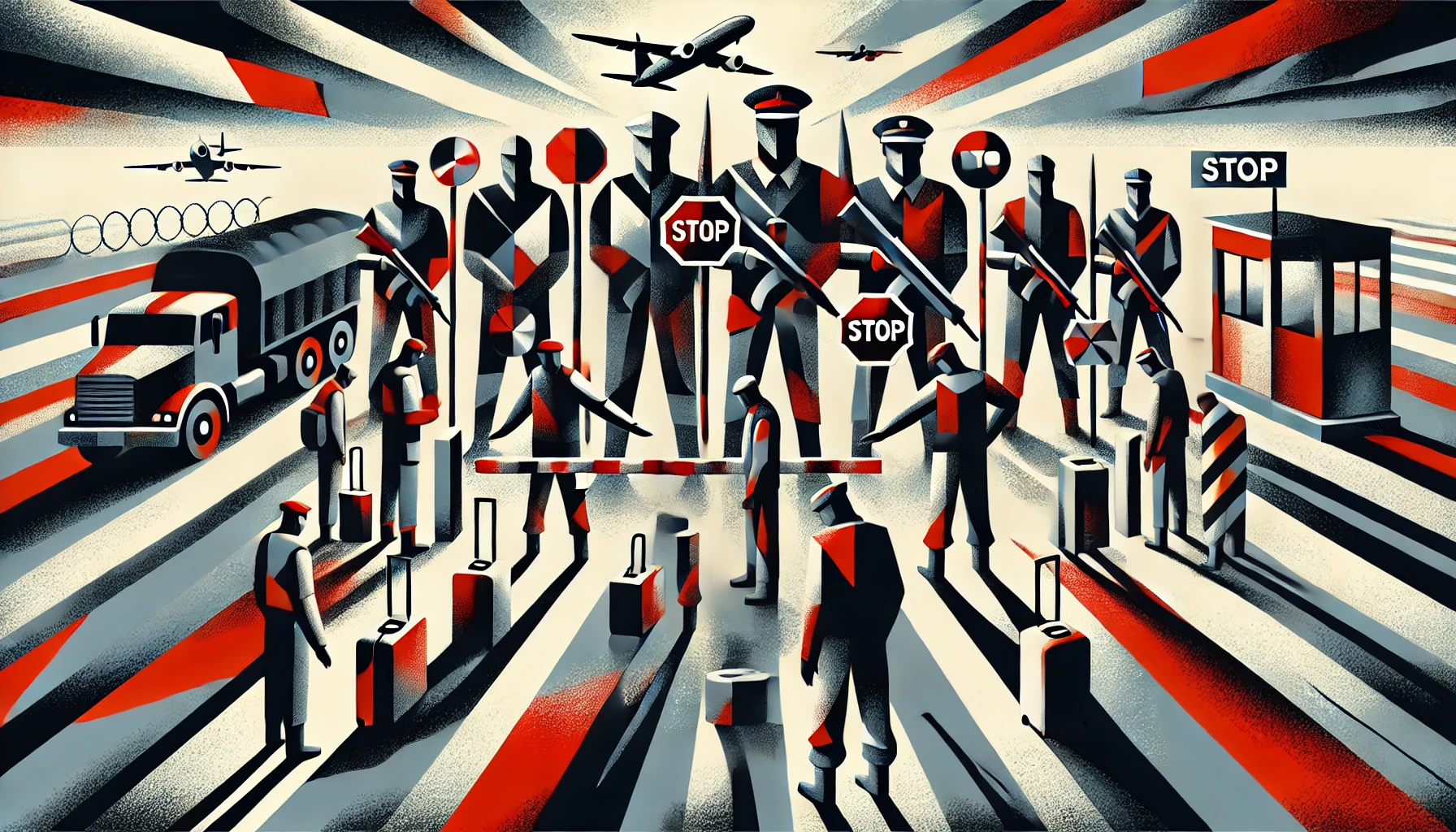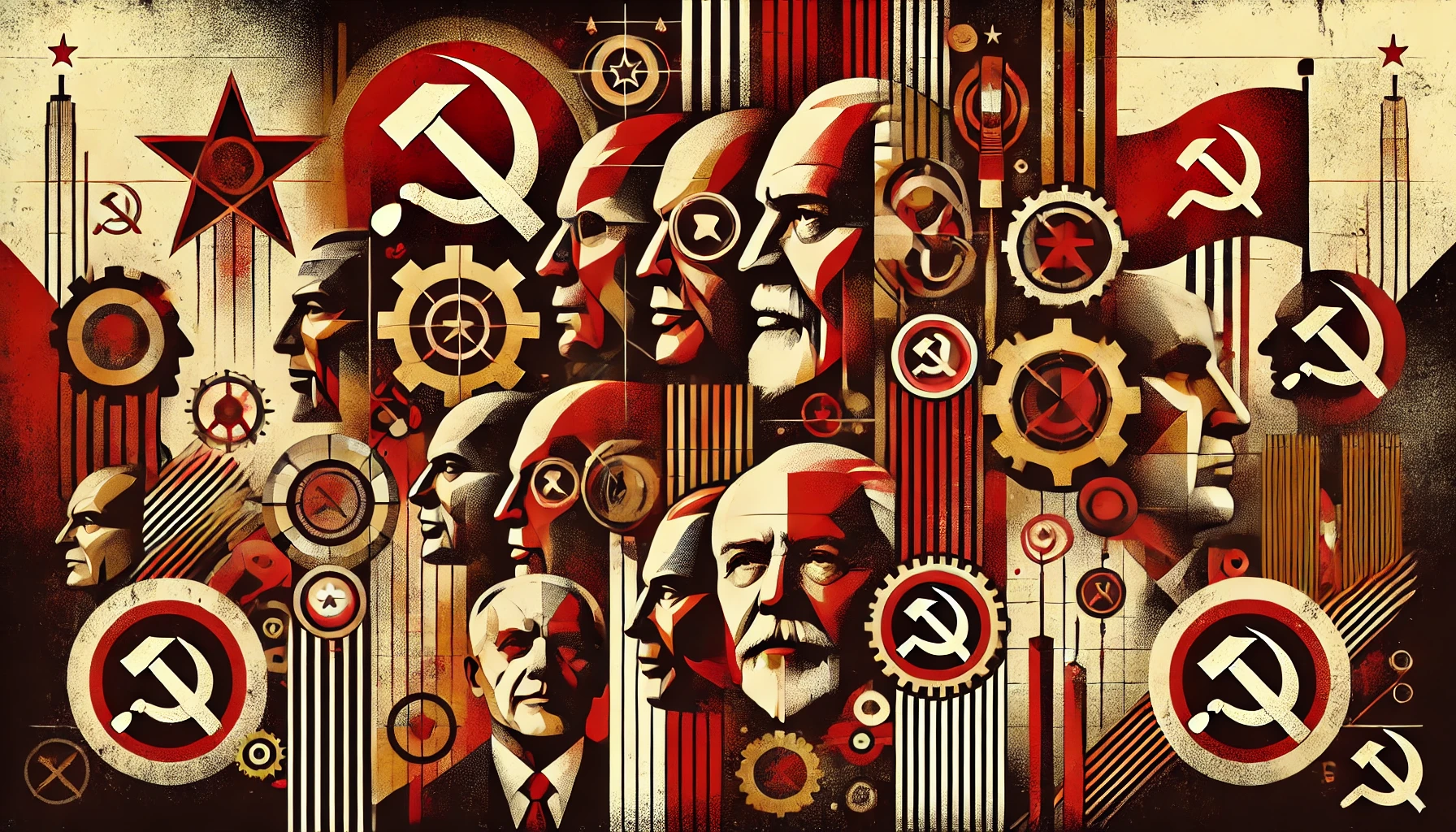Communist dictatorships in the 20th century were characterized by brutal repression, mass killings, forced labor camps, and executions of political opponents and civilians seen as threats to the regime. The total death toll is estimated at over 100 million people across communist states like the Soviet Union, China, Cambodia, North Korea, and Eastern Europe. These regimes maintained power through secret police, propaganda, violently silencing dissent, and a massive apparatus of repression and terror.
Soviet Union Under Stalin
The Soviet Union under Joseph Stalin from the 1920s-1953 saw some of the worst repression and mass killings in history. Key elements included:
- The Great Purge (1936-1938): Stalin unleashed a wave of terror, involving show trials, mass arrests, torture, and executions of Communist Party members, government officials, and military officers. Estimates of the death toll range from 700,000 to 1.2 million executed.1
- Gulag forced labor camps: Millions of Soviet citizens were sentenced to forced labor in the brutal Gulag camp system. Inmates faced starvation, exposure, exhaustion, and summary executions. Estimates of total deaths in the Gulags range from 1.5 to 1.7 million people.2
- Collectivization and terror-famine (1932-1933): The Soviet state’s forced collectivization of agriculture and seizure of crops and food led to a man-made famine killing an estimated 7 to 10 million people, mainly in Ukraine (the Holodomor). Stalin used the famine to crush peasant resistance and nationalism.3
Historian Robert Conquest called Stalin’s Soviet Union “a regime of unrivaled cruelty and total negation of human rights” that “far exceeded even Nazi Germany in the scale and range of its physical terror and torture, executions and mass murders.”4
China Under Mao
Under Mao Zedong, the Chinese Communist Party carried out massive repression and caused the deaths of tens of millions through executions, labor camps, and man-made famines:
- Land Reform and Campaign to Suppress Counterrevolutionaries (1949-1953): Mao launched violent campaigns to seize land and eliminate landlords and perceived enemies of the revolution. An estimated 1 to 4.5 million landlords were executed.5
- The Great Leap Forward (1958-1962): Mao’s crash industrialization and collectivization campaign caused economic collapse and the Great Chinese Famine, killing an estimated 15 to 55 million from starvation and overwork.6
- The Cultural Revolution (1966-1976): Mao unleashed the Red Guards to violently purge perceived capitalist and traditional elements, killing up to 20 million and subjecting countless others to public torture, humiliation, and labor camps.7
Mao proclaimed “We have a very good solution called execution. With the death of one, many may live.”8 His rule turned China into a land of paranoia, repression and death on a colossal scale.
Cambodia Under the Khmer Rouge
From 1975-1979, the communist Khmer Rouge under Pol Pot carried out one of the worst episodes of mass killing in the 20th century, causing the deaths of 1.5 to 2 million people, around 25% of Cambodia’s population.9
- Executions and torture: The Khmer Rouge executed hundreds of thousands of perceived enemies, including intellectuals, Buddhists, and ethnic minorities. Prisoners were tortured into giving false confessions at sites like Tuol Sleng prison before being brutally executed.
- Forced labor and starvation: Millions were forced into agricultural labor camps and subjected to starvation, overwork and disease. Countless died from the nightmarish conditions.
- The Killing Fields: The remains of over 1.3 million victims, many executed, have been uncovered in over 23,000 mass graves known as the Killing Fields across Cambodia.10
Historian Ben Kiernan stated the Khmer Rouge’s rule “ended up killing over one quarter of the country’s population, through execution, starvation, and overwork. It was one of the worst holocausts in modern history.”11
Other Communist Dictatorships
Repression and executions occurred across other communist regimes as well:
- North Korea: Has operated a brutal system of repression since the 1940s, with 400,000 believed to have died in labor camps and 25 million estimated to have starved.12
- Eastern Europe: Stalinist terror gripped Eastern Europe in the late 1940s and early 1950s, with hundreds of thousands killed, imprisoned or sent to labor camps. The Soviet invasions crushed uprisings in East Germany (1953), Hungary (1956) and Czechoslovakia (1968).
- Cuba: Thousands were killed by Fidel Castro’s regime, especially in the early 1960s, and many thousands imprisoned for political dissent.13
Conclusion
The historical record shows that communist dictatorships were responsible for repression, executions and deaths on a massive scale, causing immense human suffering. These regimes ruled through fear, violence and the crushing of individual freedom – the antithesis of their hypocritical promises of liberation and equality. The staggering death toll is a tragic testament to the lethality of totalitarian communism. As Stéphane Courtois stated in The Black Book of Communism, “Communist regimes did not just commit criminal acts…they were criminal enterprises in their very essence, on principle, so to speak, in the name of an ideological project.”14 Communism’s legacy of repression and mass killing must never be forgotten.
References
-
- Timothy Snyder, “Bloodlands: Europe Between Hitler and Stalin”
- Anne Applebaum, “Gulag: A History”
- Norman Naimark, “Stalin’s Genocides”
- Robert Conquest, “Reflections on a Ravaged Century”
- Frank Dikötter, “Mao’s Great Famine: The History of China’s Most Devastating Catastrophe, 1958-1962”
- Jung Chang and Jon Halliday, “Mao: The Unknown Story”
- Li Zhisui, “The Private Life of Chairman Mao”
- Ben Kiernan, “The Pol Pot Regime: Race, Power, and Genocide in Cambodia Under the Khmer Rouge, 1975-1979”
- Stephan Haggard and Marcus Noland, “Famine in North Korea: Markets, Aid, and Reform”
- Rudolph J. Rummel, “Statistics of Democide: Genocide and Mass Murder Since 1900”
- Stéphane Courtois et al., “The Black Book of Communism: Crimes, Terror, Repression”


